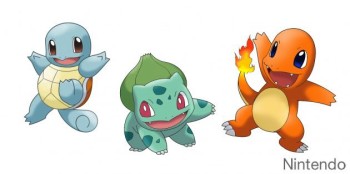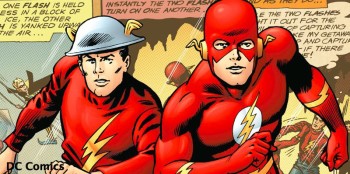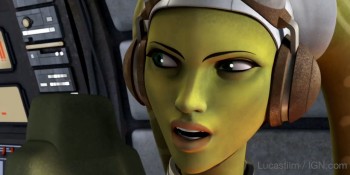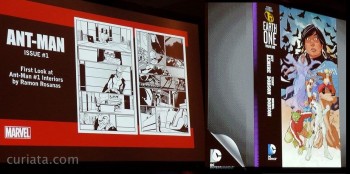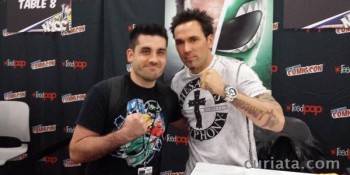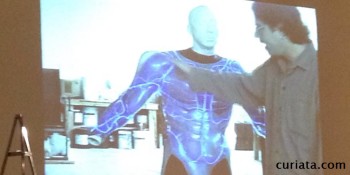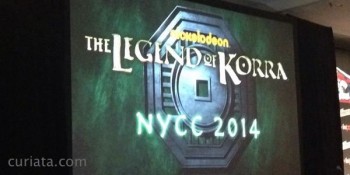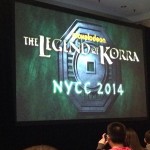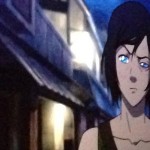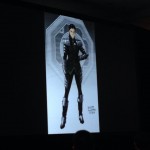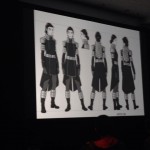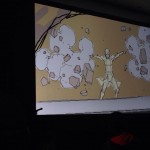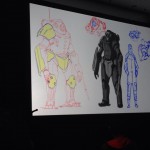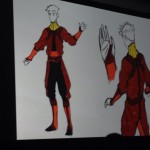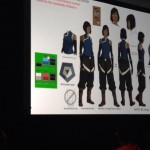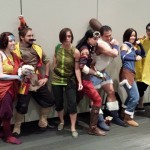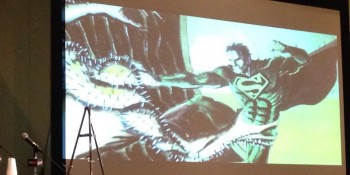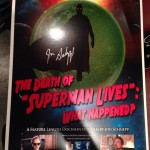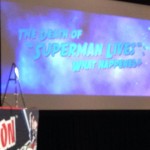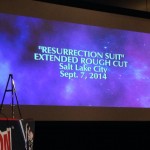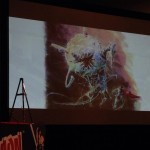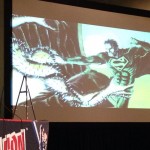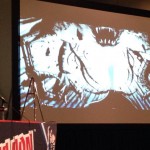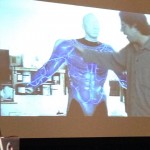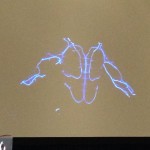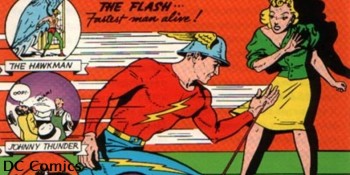It’s the second-most successful video game franchise in history. It’s spawned a television show, toys, over a dozen movies, toys, trading cards, toys, and more and more games. But the success of this juggernaut comes from something incredibly simple.
Why has Pokémon caught on so much with each new generation, and why do some of its original fans still play the games nearly 20 years after their introduction? Because the games offer a simple, magical tale that every kid and kid-at-heart loves to experience. And with two new games coming out this week, the franchise remains just as good as it has ever been.
The first generation of American Pokémon fans experienced the game in its simplest form: on the original Game Boy or Game Boy Pocket, with simple graphics and a game engine that strained itself to the point that glitches were inevitable and considered a normal part of the game. The feeling today’s 20-somethings experienced as children entering into this magical world of special creatures is impossible to relate to anyone who never experienced it.
Imagine you are between the ages of 5 and 12 and you are told about a mystical land, resembling our own but inhabited by creatures called Pocket Monsters — or Pokémon, for short. You are now being given a license to travel the world and befriend these unique monsters. You will raise these animals as pets and help them unlock their fighting potential. Success means the monsters will evolve into stronger and fiercer fighters, but their loyalty to you will remain strong.
And you can capture and raise as many as you want. In fact, finding many monsters is encouraged, because you are also on a scientific mission to gather information on these creatures. That’s right, at age 10, you are being sent out into the world, alone, to train monsters with superpowers to fight each other. For science.
Fans of the game will never forget that first agonizing choice. Bulbasaur, Charmander, or Squirtle. Grass, fire, or water. Most kids I knew picked Charmander, probably because he evolved into a freaking dragon, but my choice was always between the grass and water Pokémon. Ultimately, being the hipster that I am, I chose Bulbasaur, and despite my awareness that he is only a fictional monster, I’ve always felt a strange defensiveness toward the toad with a plant in his back. Other players of the Pokémon games could relate the same feelings.
We were told back in the last century that there were only 150 of these monsters, and it was our journey to capture them all. But soon, rumors grew that there were secretly more Pokémon out there that we’d never heard of. As a 10-year-old boy, this was like finding out there was a second day of the year when Santa Claus would deliver presents. We would scour the grass outside of Viridian City or Lavender Town, hoping to spot a Pokémon not mentioned in the official lists. Sadly, the only unlisted monster we could ever find was the MissingNo., the Pokémon created by a freak glitch in the game and now a legend in its own right.
As it turned out, the rumors of new monsters were simply a brilliant marketing ploy. The success of the original Pokémon Red and Blue (Green in Japan) versions of the game guaranteed sequels. First, there was Pokémon Yellow, which acted as a direct tie-in to the television series and eliminated the agonizing first decision by forcing you to take Pikachu as an initial Pokémon, but this game offered no new creatures. Following Yellow version, however, GameFreak and Nintendo released Pokémon Gold and Silver, featuring 100 new Pocket Monsters. In order to complete your mission to catch ’em all, you would need access to at least four versions of the Pokémon game. And so it goes.
Today, the games still require several versions in order to capture every Pokémon, which is an admittedly diabolical, business-savvy move. But despite the obvious money grab in the overall scheme, the games remain popular and, perhaps more importantly, they remain fun.
Nearly 20 years after Red and Blue’s introduction, those of us who have stuck around have come to accept that we will never again experience the feelings we had when first encountering Articuno or Mewtwo. Nothing about the games feels as mystical as it once did, and many longtime players have turned the games into math tests. But we continue to play, perhaps chasing that high that we can never again attain. Or perhaps we simply enjoy the games in a new way now.
The newer games work hard to add new levels of depth to the games’ story lines, whether through legends on the origin of Pokémon, or by adding moral ambiguity to the villainous factions’ intentions. This week, Nintendo will be releasing remakes of Pokémon Ruby and Sapphire versions, which were the first games to add this small layer of depth to the story.
Whereas Gold and Silver were direct sequels to Red and Blue, Ruby and Sapphire were fresh starts — and the first Pokémon games to a new generation of fans. For the older fans like myself, the games’ villains were an odd addition. Unlike Team Rocket, who sought only world domination, Teams Aqua and Magma appeared to be fighting for more noble goals: Team Aqua aimed to expand the oceans, while Team Magma aimed to expand the world’s landmass, both supposedly driven to better the world for life. Though their ideas were ultimately poor, and their methods atrocious, their intentions at least seemed pure.
But more importantly for the older fan base, Pokémon Ruby and Sapphire were the games that truly added new levels of strategy to competitive battling. No longer were victories determined strictly by levels and the rock-paper-scissors game of elemental types. Special abilities and character traits guaranteed that each Pokémon was unique, and the traditional ways of battling were no longer valid. Double battles, introduced in this generation, also required much more strategy. Battles were no longer simply fire versus water, but fire and electricity versus water and grass. In succeeding generations of Pokémon games, strategy became even more important to competitive battling, leading to the creation of an entire subculture devoted to Pokémon breeding. Yes, it’s as exciting as it sounds.
But investing in strategy and learning the proper methods of Pokémon breeding are not necessary to complete the games. At their core, Pokémon games are still about simple myth and unending fun. The game can be mature for those who want it that way, but for kids picking up the game for the first time, that magic is still there. Only now, in order to catch ’em all, players must find 721 different species of Pokémon. That’s not even mentioning mega evolutions and different forms of other Pokémon.
I can only imagine the magic kids feel when they first experience Pokémon through these new games. The heart of it is still there, the mystery of it is still profound, and the level of fun the games brings about will never disappear.
Chesnaught, Fennekin, and Froakie will never replace Bulbasaur, Charmander, and Squirtle, but to a new generation of fans, they are their first Pokémon. In 10 years, Pokémon X and Y may be remade for a new generation of fans, and today’s new fans will look at the new game with a sense of nostalgia, remembering the day when they took their first step into the grass with their very first Pokémon.
